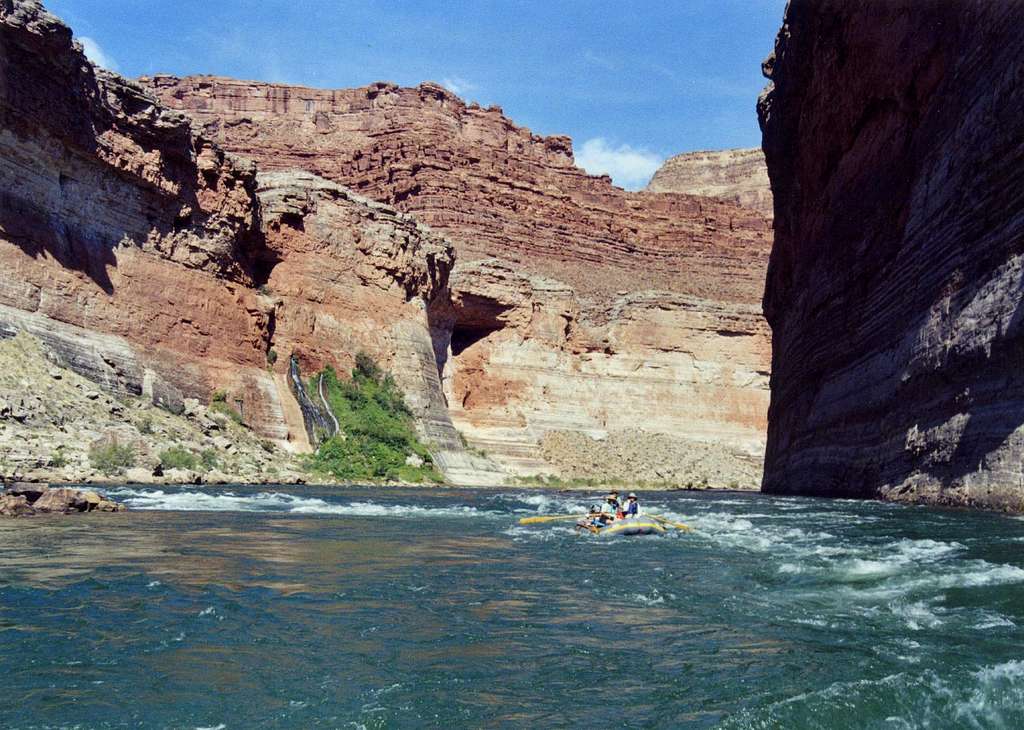lcarreau - Feb 15, 2008 10:29 pm - Voted 10/10
Great photos...I'm going to add some of these to my
"Colorado Plateau photos" album! Did
you do the Black Canyon of the Gunnison
as well as the Grand Canyon! That's
awesome!!! My question is, what are
your thoughts on the "massive water
releases" from the Glen Canyon Dam???
Do you think it actually helps the
fragile ecosystem? Does it really add
sand & silt to the beaches and bars
along the river system??? Interesting!
What about the Tamerisk? Is there any
way to get rid of that stuff???
jfrishmanIII - Feb 16, 2008 2:03 pm - Hasn't voted
Re: Great photos...Thanks for the kind words! I've only hiked the Black Canyon, whereas I've both hiked and rafted the Grand numerous times. Both are spectacular, but there's truly a lifetime of exploring to be had in the Grand.
As for massive releases, I'm definitely in favor of further experimentation. The few releases that have been done were not enough to provide extensive data, and more study would certainly be useful. High water definitely can rebuild beaches; I saw this all the time when I was running the large, undammed rivers up in Idaho (in fact, the Main Salmon would be a great place for G.C. researchers to collect baseline data in comparable river system). But I don't think anyone understands perfectly the effects of all the possible variations in the hydrograph (quick vs. slow rise or fall, duration of peak flows, multiple peaks, &c.).
As for tamarisk, the simple answer is no, it's here to stay. It is possible to eradicate specific patches in a high-value area, such as a camp, by digging it out or cut-stump herbicides. But these are extremely labor intensive; I've dug tammies out of camps on the Yampa, and we were digging eight or nine foot deep holes for every plant. They are experimenting with Central Asian beetles that eat tamarisk, but obviously that approach has a host of potential problems. Among others, the beetles don't like it further south than northern Utah (they like more extreme diurnal cycles), so don't expect them in the Canyon anytime soon.
If you're interested in this stuff, the Grand Canyon River Guides Association publishes a great magazine called Boatman's Quarterly Review: http://www.gcrg.org/bqr.html It's worth joining as a non-guide member just to get the magazine.
lcarreau - Feb 16, 2008 2:54 pm - Voted 10/10
Awesome...I must get the magazine! That's interesting
on the beetles. It's called 'insect warfare.'
They did the same thing in Australia with
the Cane Toad. Was introduced from the
Hawaiian Islands to eat beetles that were
destroying the sugar cane fields. Now, the
Cane Toad has multiplied and got completely
out of hand. Kind of like me, when I spend
too much time on SP, and should be outside
exploring and looking at things!!! Thanks.







Comments
Post a Comment